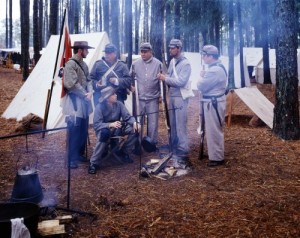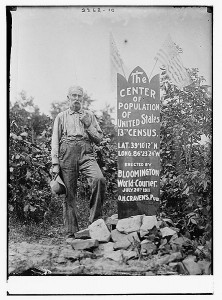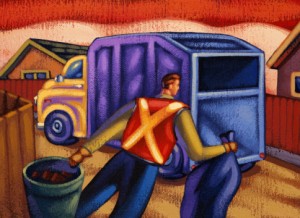At times during January’s uprising in Egypt, 1,000 people or more were tweeting on a single hash tag every 10 seconds.
Let me explain hash tags and then take you on a brief tangent before I tell you about all the fun that curators are having, as mentioned in my title.
A hash tag is a label, designated by the pound sign: #. It’s something tweeters stick in front of some of their Twitter messages. A hash tag such as “#tsunami,” for instance, would identify the subject and help others find the latest buzz on the Japanese tsunami.

Tahir Square in Cairo was the center of the action of both the rebellious and communication kinds. (AP Photo/Amr Nabil)
Restating my opening point for emphasis: Many times during the churning events in Egypt in January, 1,000 people every 10 seconds were sending tweets on the subject under just one of many hash tags. That doesn’t include the thousands (millions?) of random tweets about Egypt carrying no hash tags that were coursing about the Internet at the same time.
Now the tangent, but don’t lose track of that image of a torrent of Egypt tweets flooding the ether all at once.
Let’s talk curators.

One thing's for sure. Whoever curated this Metropolitan Museum of Art exhibit is an expert in heraldry. (Carol M. Highsmith)
I’ve met hundreds of them over the years. Many don’t exactly have bubbly personalities. They’re learned experts, passionate about Mesopotamian pottery collections, archives of letters from the Hundred-Year Wars, aboriginal nose rings and such, over which they hover with the possessiveness of a mother bear.
Curators have a pedantic image as starchy, severe women with hair pulled back into no-nonsense buns, or absent-minded older men in drab blue suits and ties that were in fashion when Roosevelt was in office. The first Roosevelt. There’s a specimen jar, magnifying glass, or butterfly net in the image somewhere as well.

One thing's for sure. Whoever curated this Metropolitan Museum of Art exhibit was a heraldry expert. (Carol M. Highsmith)
“Curating” involves a lot more than arranging artifacts. Curators locate, authenticate, acquire, catalogue, and safeguard materials, then “interpret” them for visitors and the media — not just in museums but also online. Getting hold of a collection of, say, 500 kinds of barbed wire, is one thing. Showing it off in a way that informs and holds visitors’ interest is quite another.
It’s a challenging, satisfying job. Yet the authenticating and archiving parts can be dull as dirt. Pulling off all the facets of the job takes a person who is curious, creative, and organized — a rare combination.
What does this have to do with those Egyptian tweets?
The explosion of information on the Web, and particularly on social media such as Twitter, has led to the creation of a whole new kind of curator who has nothing to do with museums or libraries or historical societies beyond tapping into their Web sites.
As events in Egypt unfolded, random observers as well as “citizen journalists” were not only posting those 1,000 tweets in the time it takes to count to 10, they were also posting Facebook entries, text messages, and YouTube videos that provided the world with some of the fastest, most accurate, and certainly most gripping accounts of what was going on. And many of the senders were interacting with each other. Read the rest of this entry »































